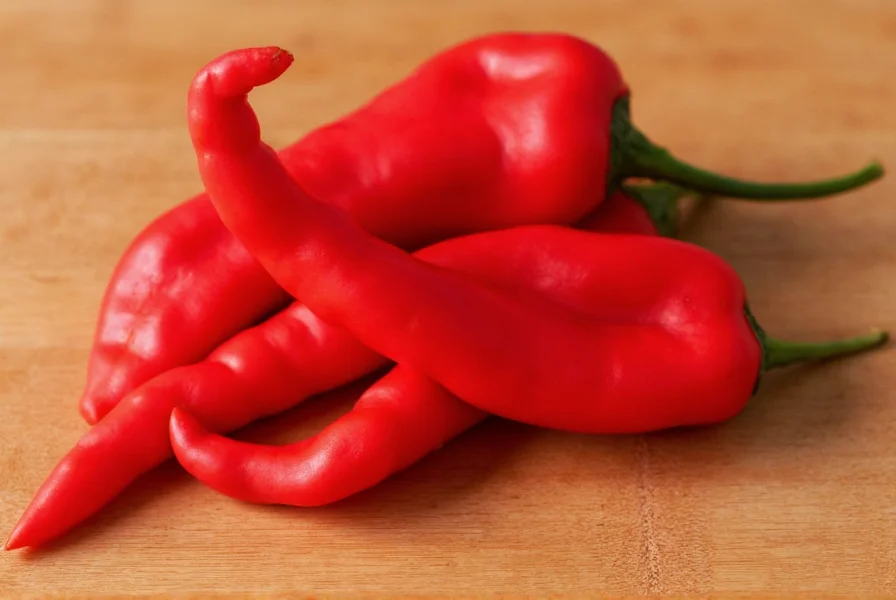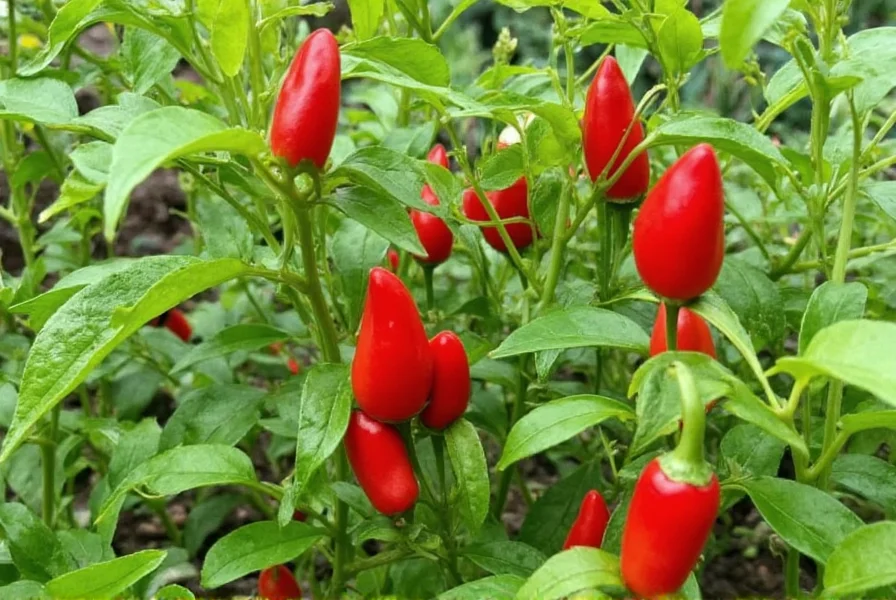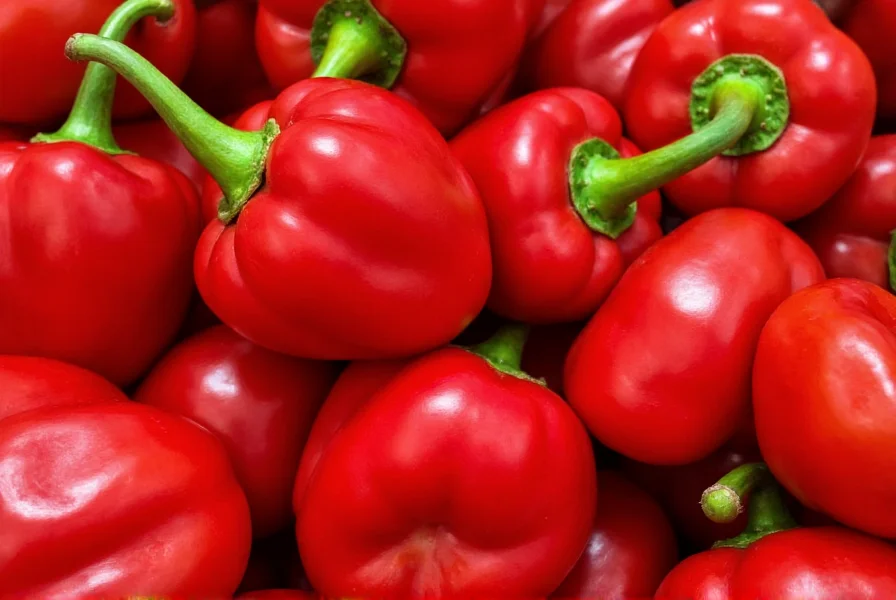When exploring red Fresno pepper characteristics, you'll discover this cultivar offers distinctive qualities that set it apart from other common chili varieties. Originally developed in Fresno, California in the 1950s, this pepper starts green and matures to a vibrant red, developing increased sweetness while maintaining moderate heat.
Physical Characteristics of Red Fresno Peppers
Red Fresno peppers typically measure 2-3 inches in length with a conical shape and smooth, glossy skin. As they ripen from green to deep red, their flavor profile evolves significantly. The mature red version has thicker walls than jalapeños, making them excellent for roasting, stuffing, or pickling. Unlike some peppers that dramatically increase in heat as they mature, red Fresnos maintain a relatively consistent heat level while developing more sweetness.

Heat Level Comparison: Where Red Fresnos Rank
Understanding the red Fresno pepper Scoville rating helps home cooks and chefs determine appropriate usage. At 2,500-10,000 Scoville Heat Units (SHU), red Fresnos sit just below jalapeños (2,500-8,000 SHU) on the heat scale. However, this comparison requires nuance—while jalapeños can sometimes reach higher maximum heat, mature red Fresnos often deliver more consistent moderate heat with less chance of unexpectedly hot specimens.
| Pepper Variety | Scoville Heat Units | Heat Level Description | Flavor Profile |
|---|---|---|---|
| Red Fresno (mature) | 2,500-10,000 SHU | Moderate | Bright, slightly sweet, grassy |
| Jalapeño | 2,500-8,000 SHU | Moderate to Hot | Grassy, vegetal, sometimes smoky |
| Serrano | 10,000-23,000 SHU | Hot | Sharp, bright, more intense heat |
| Poblano | 1,000-2,000 SHU | Mild | Earthy, rich, slightly sweet |
Culinary Applications for Red Fresno Peppers
The best uses for red Fresno peppers leverage their balanced heat and developing sweetness. Chefs appreciate these peppers for:
- Salsas and pico de gallo - Their moderate heat won't overwhelm other ingredients
- Creamy sauces and dips - Blends beautifully with dairy to create balanced spicy aiolis
- Roasted pepper applications - Thick walls withstand roasting better than jalapeños
- Stuffed pepper dishes - Holds shape well when cooked
- Pickling - Maintains texture and develops complex flavor in vinegar brines
When working with fresh red Fresno peppers in recipes, remember that heat concentrates in the seeds and white membranes. For milder applications, remove these parts completely. For more intense heat, include some or all of the placenta.
Perfect Substitutes for Red Fresno Peppers
Finding red Fresno pepper alternatives depends on whether you prioritize heat level, flavor profile, or texture. Your best options include:
- Mature red jalapeños - Nearly identical heat with slightly different flavor
- Hot banana peppers - Similar heat with more sweetness (check specific variety)
- Milder serranos - Higher heat but similar flavor profile (use half the amount)
- Chipotle peppers in adobo - For cooked applications requiring smokiness
When substituting in red Fresno pepper recipes, always taste as you go. Heat levels vary significantly between individual peppers and growing seasons.
Growing and Selecting Red Fresno Peppers
Gardeners seeking how to grow red Fresno peppers should note they require 70-80 days to reach full maturity from transplant. These plants thrive in warm climates with consistent watering. When selecting peppers at the market, look for firm, glossy specimens without wrinkles or soft spots. The deepest red peppers typically offer the sweetest flavor profile.

Storage Recommendations
For optimal red Fresno pepper storage, keep unwashed peppers in the crisper drawer of your refrigerator for up to three weeks. For longer preservation, roast and freeze them, or pickle them using standard canning procedures. Never store peppers near ethylene-producing fruits like apples or bananas, as this accelerates ripening and spoilage.











 浙公网安备
33010002000092号
浙公网安备
33010002000092号 浙B2-20120091-4
浙B2-20120091-4